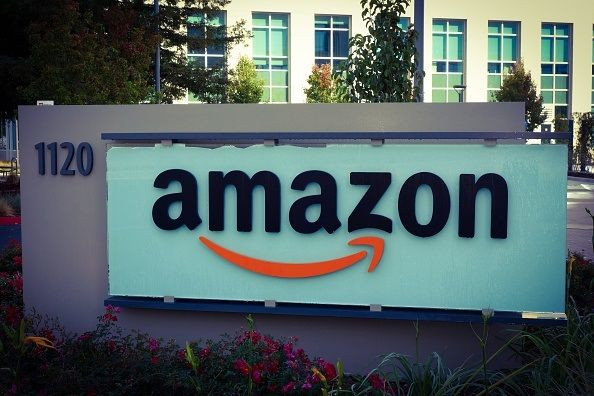Amazon, Dropbox Fail To Provide 2015 Diversity Reports, White Males Continue To Dominate Silicon Valley

Amazon is revolutionizing retail, upending TV, and keeping the U.S. Postal Service in business, but it turns out tackling tech diversity is a tougher task. The Seattle tech giant is more than a month late delivering its 2015 diversity report, and it has yet to say when it plans to release those numbers.
The online retailer is not alone in this failure. Dropbox, the cloud-storage tech unicorn, is also more than a month late delivering its 2015 workforce demographics, which are important figures that allow advocates like Rev. Jesse Jackson to measure how much diversity progress tech companies accomplished over the past 12 months.
The tech industry has been moving toward hiring more women, African-Americans and Hispanics since Google released its first set of diversity figures in May 2014, spurring many other major companies to do the same. In 2015, little progress has been made -- and in some cases, companies have taken steps backward -- but by putting out a new report every year, companies send a sign to their employees, shareholders and the public that diversity is something they care about, said Alaina Percival, CEO of Women Who Code.
“It’s a signal to the marketplace that this is something that matters and that they’re dedicated to seeing the numbers improve,” Percival said. “We know that they’re not going to improve overnight, so having these numbers year-over-year and seeing how companies are innovating and developing ways to both attract and retain diverse talent is going to be important.”
When contacted in November, Amazon told the International Business Times that it planned to update its diversity page with new statistics some time before the end of 2015. Contacted this week, Amazon did not have an update to share. Similarly, Dropbox in November told IBT it planned “to issue 2015 numbers soon," but on Tuesday, the company said that it will not deliver its next report until 2016.
Still Waiting
Amazon last released diversity figures in October 2014, showing 37 percent female representation and posting some of the highest figures in the tech industry for black and Hispanic employees, which made up 15 percent and 9 percent of Amazon's U.S. workforce, respectively. Those numbers, however, turned out to be bolstered by Amazon’s warehouse jobs, which were far more diverse than the company’s office jobs. Nearly 36 percent of Amazon's "laborers & helpers" jobs are held by black and Hispanic employees, dwarfing the 10 percent representation for the two groups when it comes to executive and technical jobs, according to data analyzed by the Seattle Times.
Despite CEO Jeff Bezos being a proponent of a meritocracy-ruled workplace, Amazon was embarrassed earlier this year by a New York Times expose that shed light on a company culture that could be particularly brutal toward women. The report detailed multiple instances where women who had just given birth or just had a stillborn child were placed on “performance improvement plans,” which the report said is known around Amazon as a sign someone is in danger of being fired.

In San Francisco, meanwhile, Dropbox has some of the worst representation for women, Hispanics and African-Americans in tech. The company, which carries a valuation of $10 billion, has 34 percent female, 4 percent Hispanic and just one percent African-American representation, according to figures released November 2014.
"Dropbox took a step forward last year in releasing their workforce diversity data and should do so again this year. Without transparency there can be no accountability," said Jackson, adding that his Rainbow Push organization plans to put more pressure on the tech industry to bring about diversity come 2016.
"They announced many 'initiatives' to improve diversity and inclusion this year, and if they are working they should be bold in reporting their progress and hold nothing back," Jackson said.
Dropbox’s lack of diversity was put on display in July, when former employee Angelica Coleman, an African-American woman, spoke with IBT about her time at the tech firm. Coleman detailed a company culture where little was done to make African-Americans welcomed. At one point in her tenure, shortly after the shooting of Michael Brown in Ferguson, Missouri, a fellow employee told her, "Black people get shot and killed every day -- it's not that big of a deal."
Following the ordeal, Dropbox went out and hired Judith Williams away from Google to head its diversity efforts. “When these incidents occur, they’re opportunities for improvement,” Percival said. If diversity “wasn’t huge on the agenda for an organization previously, getting a little bit of heat will hopefully help them constructively improve their culture and practices.”
© Copyright IBTimes 2025. All rights reserved.




















